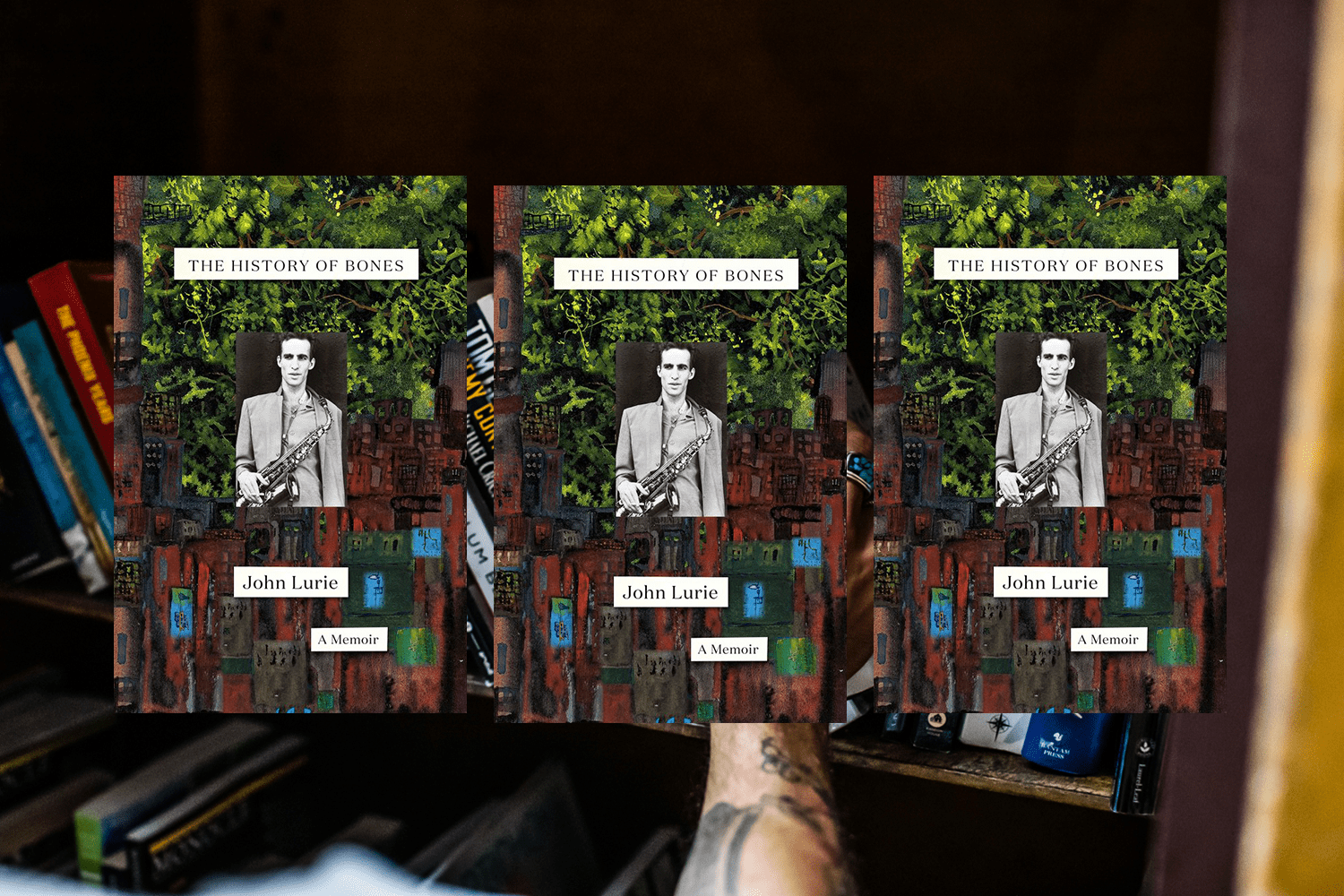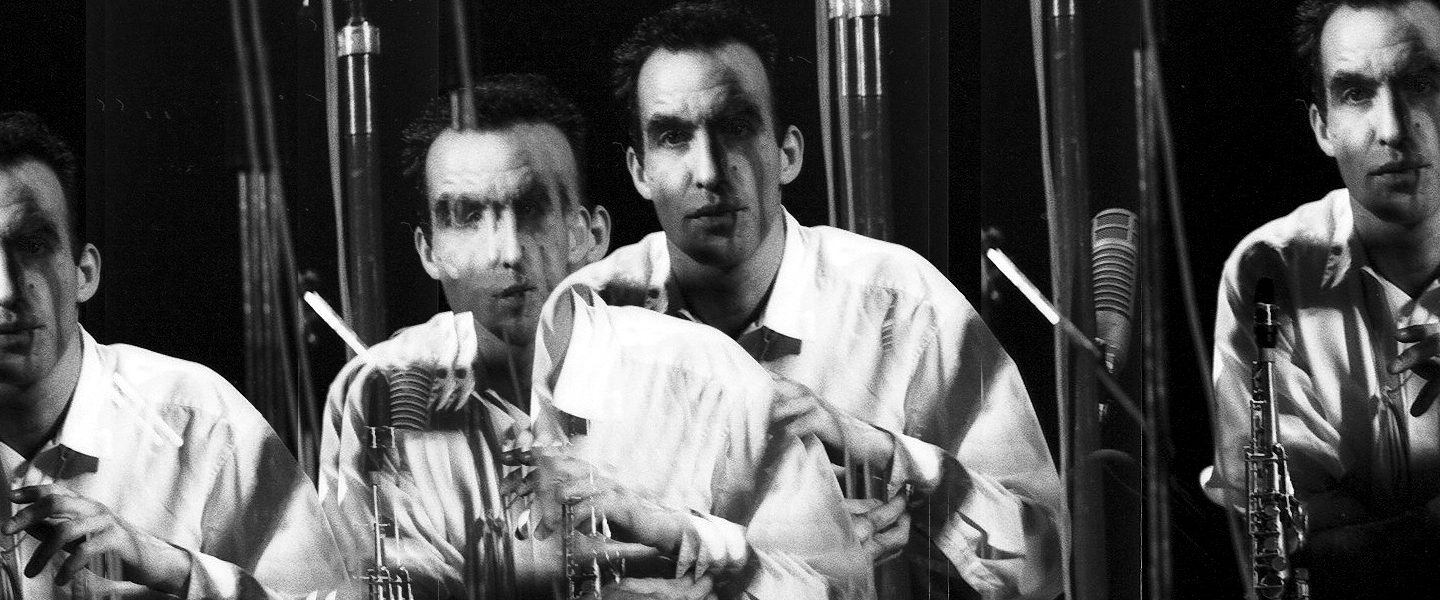
Read if you’re: looking for your New York music-muso alter ego and are wondering if alligators really do live in the subway.
Genre: Biography
Year released: August 2021
Author: John Lurie
Imagine a sound (akin to this one) — a steady saxophone hum rising, traveling from a great distance to greet you. It’s mellow and round, it’s comforting. Just as you’re beginning to adjust to the note, a horn answers in a kind of surreal harmony — it’s arpeggio-like, runs dart in and out, then, like domino’s collapsing, a fractured downtown-ish guitar joins in the flurry, followed by the vibrant pulse of a drum, a delicate tinkering piano, another saxophone and a clarinet dancing the tune up and up. It’s all at once smooth and reflective yet chaotic and raging. At the height of these vibrant harmonies — immediate silence — moments later the clarinet makes a timid return, piping in on its own to tell you a new story. Enter, a rallentando of funky-town-esque plucks on the double bass — swaggering and illusive. The cacophony continues for some time, the mind travels and the feet glide, jittering and strutting along with it. Eventually you have to leave it behind or else risk getting lost…
The sound has been brought to you by the Lounge Lizards, an eclectic musical group founded by saxophonist John Lurie circa 1979. It is from this sound that one might get a feel for the ebbs and flows of this book. The Lounge Lizards, and John Lurie specifically were at the forefront of what they labelled the ‘fake-jazz’ movement (if you’re willing to call it that) and their sound lured many an eccentric auteur into their orbit.

‘The History of Bones’ is a quintessential depiction of the tornado that was downtown 80’s New York, where “John Lurie stood at the vortex.” Lurie, a “centrifugal figure in the world of outsider artists, cutting-edge filmmakers and cultural rebels” invites us to watch, in zig-zagging fashion, the unfolding of his life, and to reflect on the artistic measure of those in his orbit (Tom Waits, Jim Jarmusch, Jean-Michel Basquiat).
In one moment we’re anchored to “the horrible place“ of his origins in Massachusett, Worcester, which “has a dome over it so that God is not allowed in” and, in the next, our noses are pressed to a hotel-ironing board, snorting an assortment of chemicals into our noses.
We’re taken hitchhiking, saxophone and harmonica in hand, vagabonds in search of band-mates and a bed. Next minute, we’re at the Cannes film festival amidst “a sea of reporters and photographers engulfing us” at every turn. The only constant is jazz and the ever-present buzz of what was then a viciously ever-evolving moment in time.
The TDLR? To read or not to read? This, at its core, is a story about music, art and vanity; money (when it’s there and when it’s not) and reminiscence. It’s full of “grime and frank humour” in which nothing is held back.
Let us put it one more way. This is a journey through one of the most significant moments in our cultural history, “one whose reverberations are still strongly felt today.”